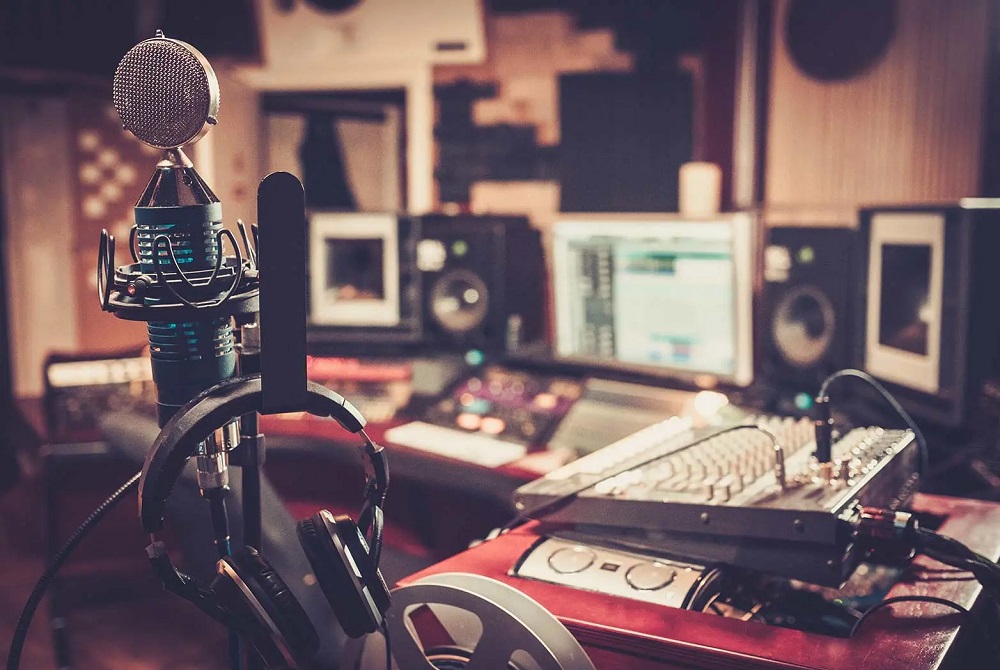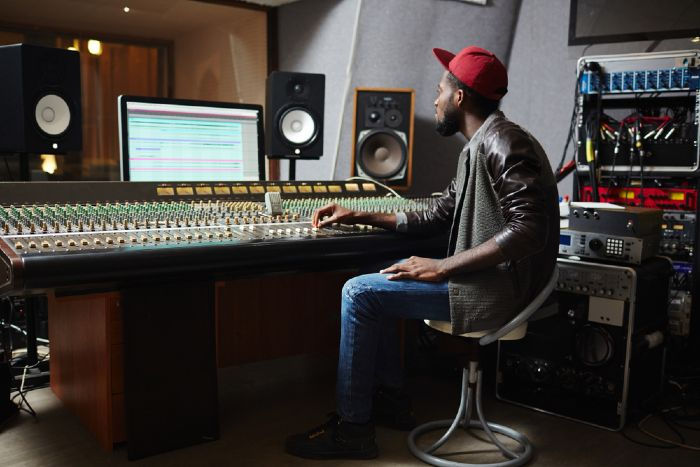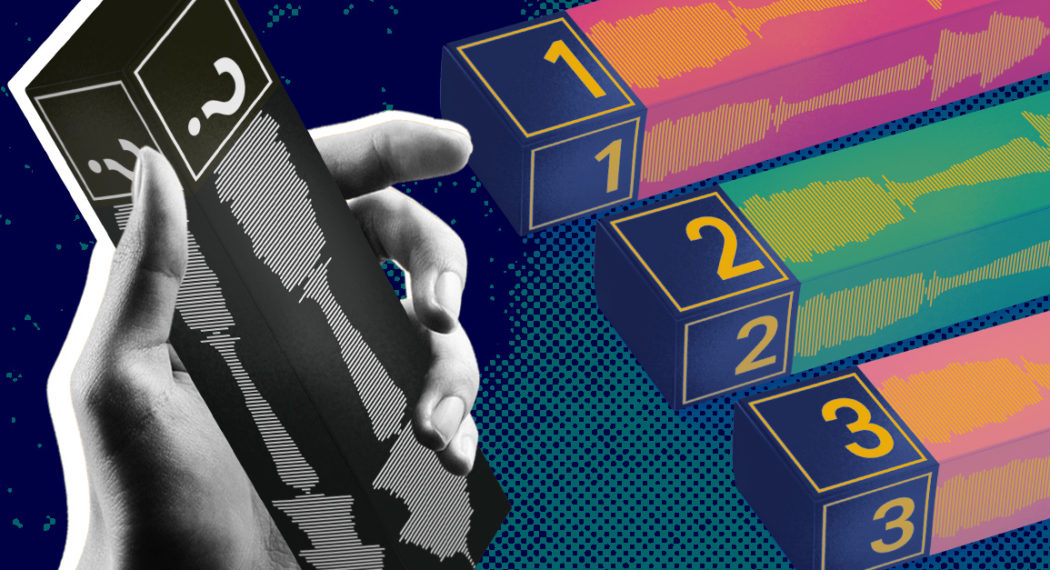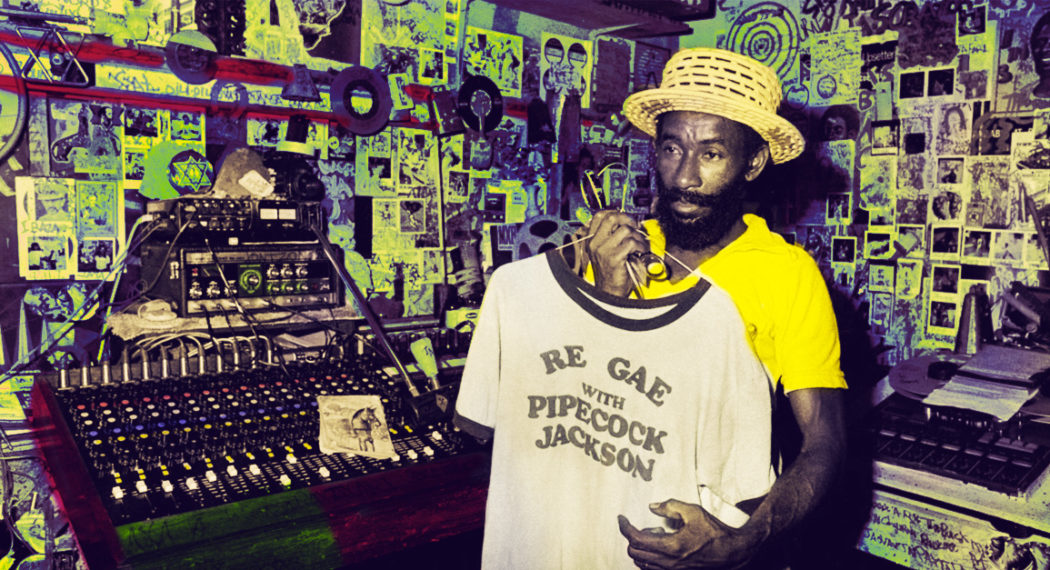In the ever-evolving landscape of the music industry, the emergence of user-generated content (UGC) platforms like YouTube and SoundCloud has illuminated a vital lesson: aspiring artists, regardless of their background, can now amass significant online followings and attain global acclaim by releasing cover songs that resonate with audiences.
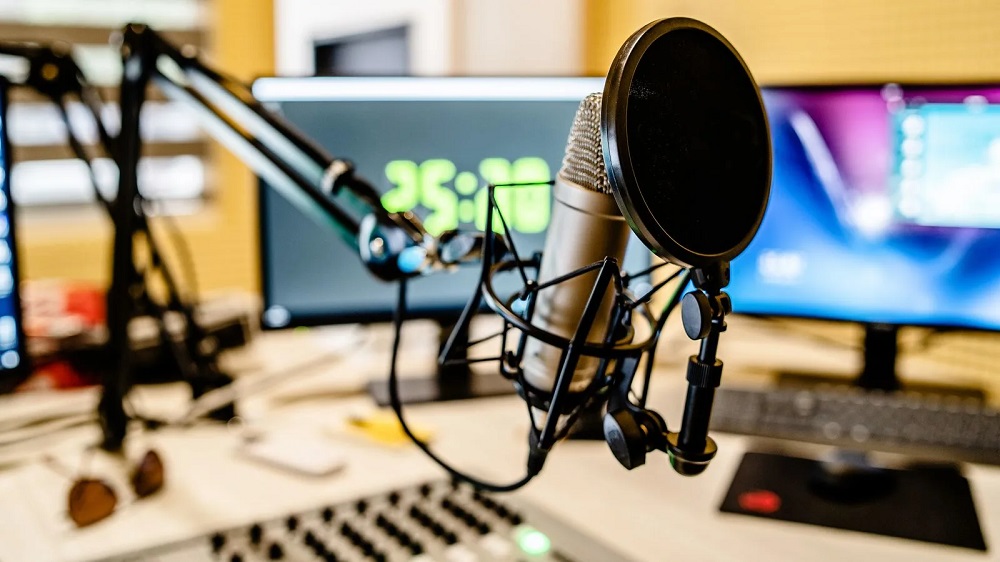
Success stories, including notable figures such as Justin Bieber, Tori Kelly, 5 Seconds of Summer, Charlie Puth, Shawn Mendes, and Ed Sheeran, are no longer rare occurrences. Talented unsigned artists like Jade Novah and Austin Mahone have accumulated tens of millions of views and plays on their UGC accounts. Previously undiscovered talents have made impressive strides, securing brand endorsements, sharing stages with renowned musicians, making television appearances, featuring in commercials, and more – all without the support of major record labels.
However, while recording and sharing cover songs on UGC platforms serve as an excellent initial step toward cultivating a fanbase, effectively monetizing these songs through traditional digital music services can be a legal challenge if not executed correctly. Additionally, understanding the timing, platforms, and methods for capturing all the royalties generated by your cover recording will position you more favorably to reap the full rewards when your cover recording gains significant traction.
Step 1: Licensing for Cover Song Releases
Under the U.S. Copyright Act, copyright holders are granted six exclusive rights, including the rights to reproduce and distribute their compositions in phonorecords. When you embark on creating a cover of an existing song, you are essentially utilizing someone else’s copyrighted material. It is crucial to secure the necessary licenses and provide compensation to the copyright owner when distributing the recording through physical and digital mediums. Learn how to navigate the legal terrain for your release cover song.
Step 2: Setting Your Recording Apart
If you plan to cover a well-known song, it’s highly probable that numerous other artists have already covered it or will do so in the future. Given the proliferation of multiple renditions of the same song in the global music sphere, it becomes imperative to distinguish your recorded interpretation from the rest. This can be achieved through the assignment of a unique identifier known as the International Standard Recording Code, or ISRC. Discover how ISRC codes can help your cover song stand out.
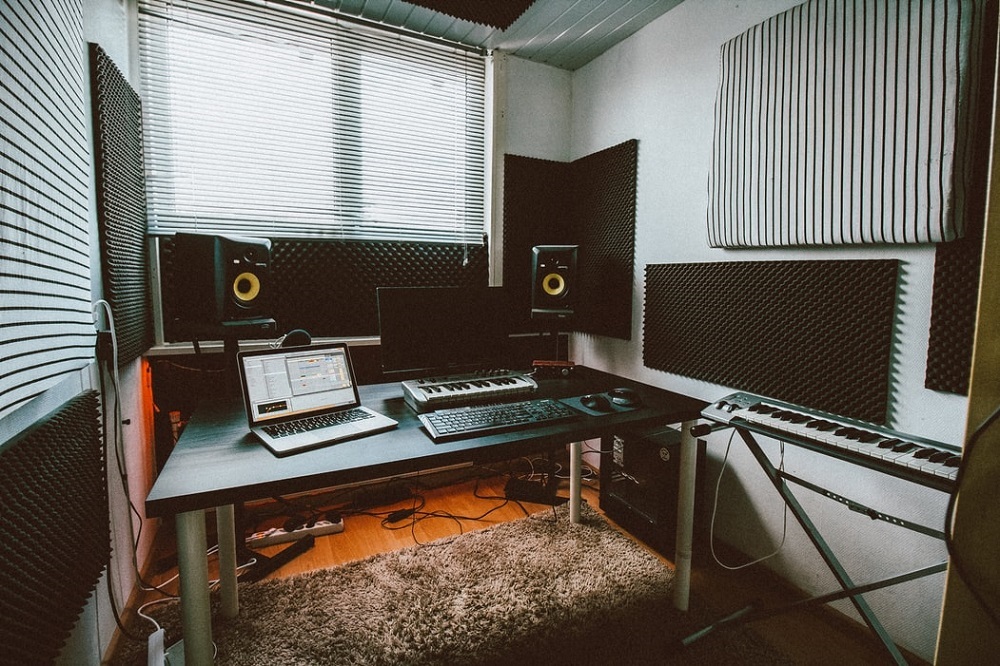
Step 3: Maximizing Your Royalties and Earnings
The ultimate goal for most emerging artists is to ensure their music reaches a wide and diverse audience. In the dynamic realm of music, a song’s success can lead to national and even international recognition in a remarkably short span. Even in cases where momentum builds gradually through blog posts and social media mentions, strategic mentions and placements on popular playlists can catapult a song to prominence within weeks. Learn how to unlock your royalties and receive compensation for your release cover song, enabling you to thrive in the competitive music industry.
Embark on your journey to success in the music industry by following these essential steps for releasing cover songs that resonate and make an impact.


